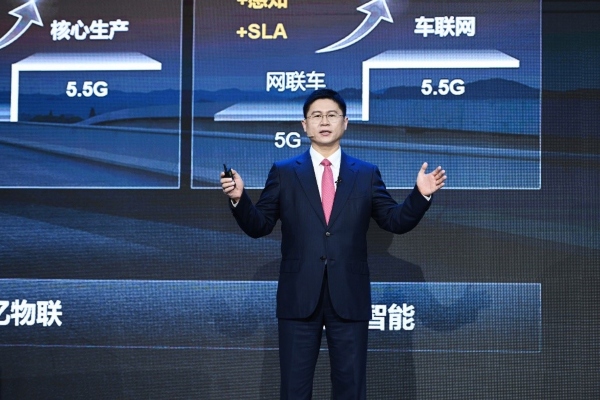Huawei Technologies is tapping into the burgeoning smart transport sector with its new 5.5G network capability that has been built to drive the accelerated digitalization of vehicles and intelligent traffic management systems.
The firm said the 5.5G deterministic network guarantees ultra-high reliability and reduces latency to 4 milliseconds in a high-concurrency environment. Lower latency refers to a minimal delay in processing computer data over a network connection. The lower the processing latency, the closer it approaches real-time access.
Huawei targets hydro-electric power producers with new eLTE solution
Li Peng, Huawei’s Senior Vice President and President of the Carrier BG, was quoted saying that 5.5G will help cars sense their surroundings much more clearly, as the market quickly embraces the Internet of Vehicles (IoV), Vehicle to Everything (V2X), and connected intelligence.
“An IoV with advanced sensing is a core component of intelligent traffic light systems, navigation on rainy and foggy days, beyond-line-of-sight sensing, and more. Level-4 autonomous vehicles are expected to hit the commercial market in 2025 and will require massive amounts of computing power and strong networks,” said Li.
Pointing out that constant progress is being made in the areas of connected vehicles, Li stated that autonomous cars generate hundreds of terabytes of data each day that need to be uploaded to the cloud to support AI model training and algorithm updates. Since ICT services are essential for intelligent connected vehicles, Huawei will deepen its partnership with the transport industry to support these enormous demands for computing power on clouds and intelligent real-time computing.
He added that the industry needs to innovate with technology firms such as Huawei to meet increasing digital requirements in both the consumer and industrial markets.
Sections of Nairobi Expressway Closed Following Protestors Attack
“The future is now. New business scenarios for people, homes, businesses, and vehicles deliver new experiences. This is raising higher requirements for network capabilities. Enhanced network capabilities, like 10 Gbps downlink, 1 Gbps uplink, and 100 billion IoT connections, are creating a vast market space in 5.5G for carriers” Stated Li.
He explained that many users’ pursuit of the ultimate experience drives the development of innovative content and applications, demanding that network operators deliver a 10 Gbps experience.
This includes access to new frequency bands, such as the 6 GHz and mmWave bands, and the sub-100 GHz spectrum. Huawei has already worked with multiple carriers to perform technical verification for the 6 GHz band. Field tests show that 10 Gbps downlink can be achieved on the 6 GHz band and that the band can also achieve co-coverage with C-band for a single site.








